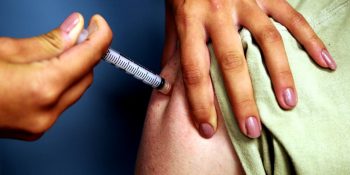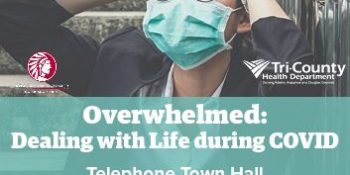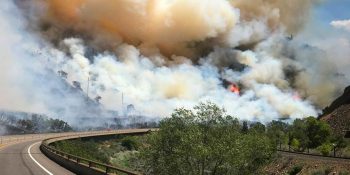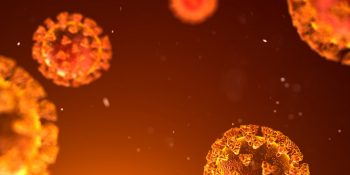Now is the time to get health insurance for 2021.
DENVER – Open Enrollment for individual health insurance (meaning not from an employer) starts on Nov. 1. The Colorado Division of Insurance (DOI), part of the Department of Regulatory Agencies (DORA), reminds everyone that now is the time for Coloradans who are in need of health insurance to enroll in or renew coverage for 2021.
The annual open enrollment for the individual market runs from Nov. 1 – Jan. 15. If you do not get your coverage from an employer or from a government program such as Medicaid or Medicare, this is the only time of the year to sign up for health insurance, unless you have a major life event during the year like losing your job and your employer coverage, having a baby or getting married or divorced. However, to have coverage in place starting Jan. 1, enrollment must be complete by Dec. 15.
“Having health insurance is important in any year, but it is especially critical as we are still in the midst of the global COVID-19 pandemic,” said Colorado Insurance Commissioner Michael Conway. “As so many have been impacted by the economic challenges of the pandemic, the chance to enroll in insurance for the coming year is key in gaining access to health care services and maintaining their health.”
“And our reinsurance program continues to help people around the state,” added Commissioner Conway. “For 2021, it will save consumers across Colorado an average of 20.8% over what premiums would have been without the program. That means we’re making health insurance more affordable, giving more people access to health care during this pandemic.”
Take Time to Find the Plan Right for You
As the DOI announced in early October, people buying individual plans will see a statewide average decrease in premiums of 1.4% compared to 2020 premiums. But that’s an average. People will see changes that are higher or lower depending on the plan, where they live and their ages. That’s why it is important to take time during open enrollment to comparison shop and find the plan that’s right for you – one that fits your health needs and your budget.
Premiums are important, but it is critical to look at other factors. Take some time to consider deductibles, co-payments and co-insurance costs, along with doctors, health conditions and how the plan covers prescriptions.
Connect for Health Colorado
Colorado individual health insurance consumers can enroll with insurance agents, community assisters, directly with the insurance companies or through our state’s exchange, Connect for Health Colorado. Contact Connect at 855-752-6749 or find in-person assistance through their statewide network of certified experts at connectforhealthco.com/person-help. In addition, Connect for Health offers tools such as the Quick Cost & Plan Finder that can help you check if you are eligible for financial assistance and find a plan that fits your needs.
If you or a family member need help determining what kind of questions to ask when considering health insurance, or you just want some assistance decoding the language of a health plan, contact the Division of Insurance Consumer Services: 303-894-7490 / 800-930-3745 / .
SPREAD THE NEWS
COMMENT, Like, Follow & SHARE @I70Scout
CURRENT EDITION
WEATHER & TRAFFIC PUZZLES RECENT NEWS ADVERTISE WITH US









